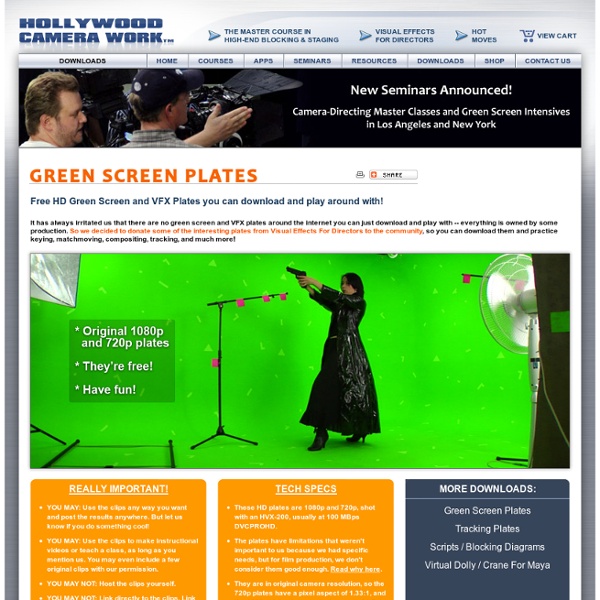sIBL Archive
Installation Each thumbnail links directly to an archived sIBL-set. Watch out, these are big downloads.
How To Remove Green Screen Background Using Paint.net (DIY)
sIBL-Edit
sIBL-Edit is a standalone application. Whatever 3d app you choose for the loader scripts - sIBL Edit is the independent backbone, a complete toolkit focused on managing and editing your sIBL Collection. And it looks pretty slick, too. It’s divided in three parts, one for each task: Managing, Editing, and Creation.
Green screen films - Royalty free HD stock video
BANG! The Anatomy of Explosions
MUNITIONS - the Atomic Bomb Cont. Fission bombs use an element like uranium-235 to create a nuclear explosion, the fuel must be kept in separate subcritical masses, which will not support fission, to prevent premature detonation. The two or more subcritical masses must be brought together to form a supercritical mass at the time of detonation. To bring the subcritical masses together into a supercritical mass, two techniques are used; Gun-triggered and Implosion.
Free EPS Viewer
CGArena releases 300 free animal reference images
Wednesday, April 18th, 2012 | Posted by Jim Thacker Fleas to meet you: one of over 300 varied reference images of animals and birds available on CGArena. CGArena has added over 300 photographic reference images of birds and animals to its online library.
3DS Scripts
Your 3D CAD Library



